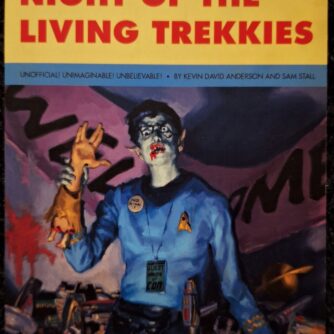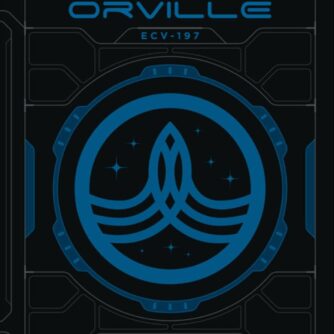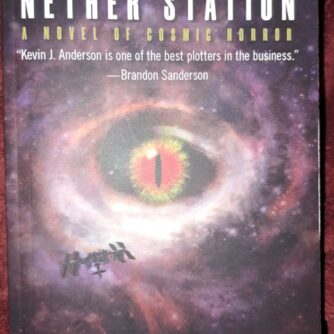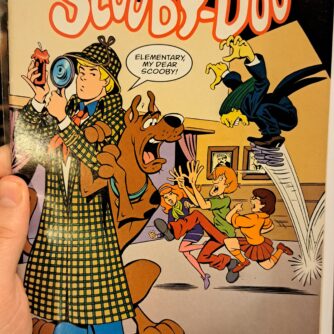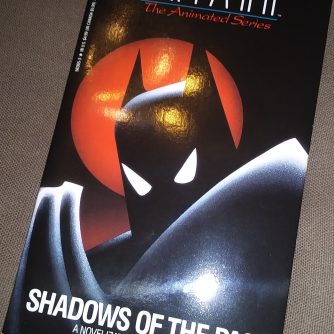HEROQUEST!
Welcome, adventurer, to an all new edition of Critical Brit.
Where we decend into the depths of antiquity and retell the legends once forgotten.
Grab your Heroic Brew, draw your Bro’d so’d! (You’ll get it later)
It’s time to read critical brit (D)6 HEROQUEST!
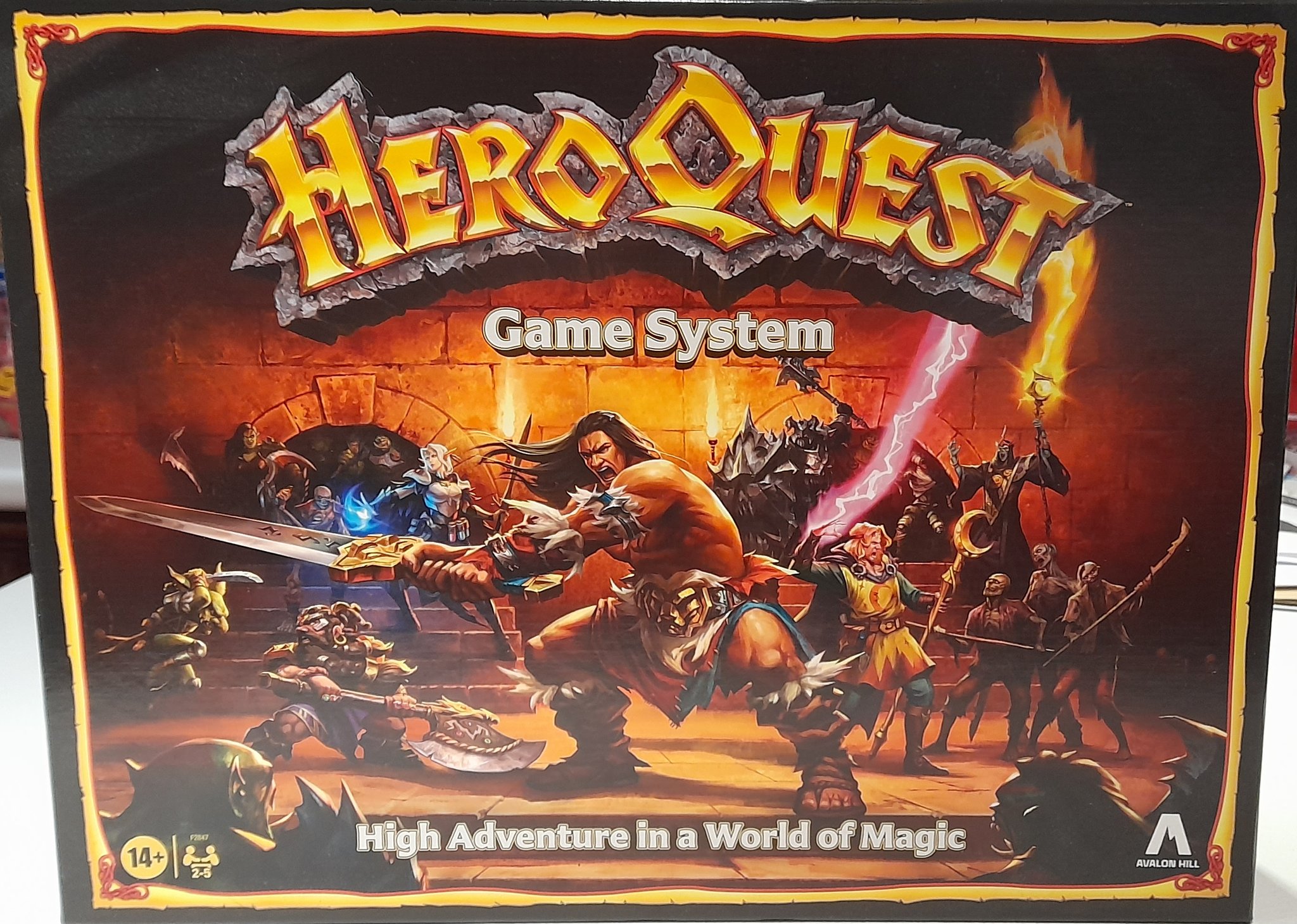
As a young kid in rural England, D&D wasn’t really a thing.
It probably was, but I wasn’t aware of it being an actual game that you could buy and play.
I’d always enjoyed the fantasy setting, despite the traumatizing LOTR cartoons best efforts.
The Dungeons & Dragons show was fun but it was just a show with that name, (there was no internet) and I’d scour the Radio Times (the UK tv listings) for things like Beastmaster, Sword & the Sorcerer, and Krull.
All pretty cheesy now, but they were the shit at the time.
One standout was a TV show called Knightmare, it was a gameshow where teams of four had to guide one of the group through a series of fantasy themed puzzle rooms.
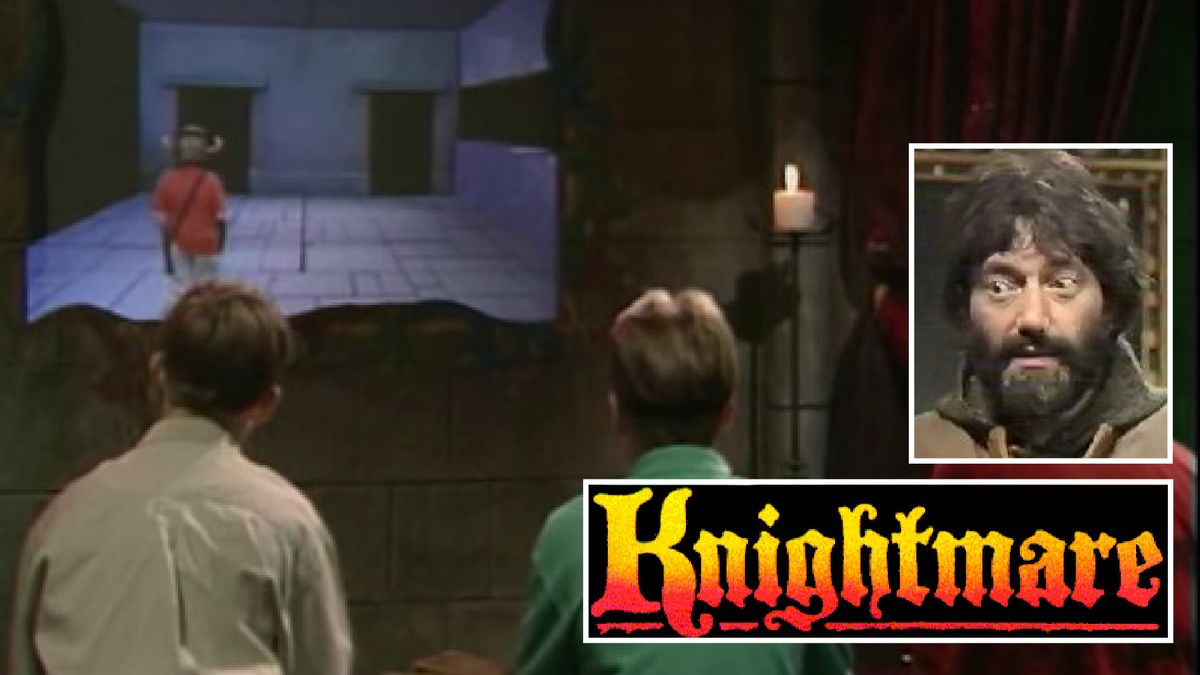
The rooms were represented via bluescreen 80’s CGI, live-action actors played characters who would help or challenge the explorer and the three teammates back in the “studio” would guide their every step as they had to wear a helmet that covered most of their vision.
I loved the idea of this world being a game and a couple of years later while scouring the laminated book of dreams known as the Argos catalogue I saw it, HEROQUEST: a game of epic adventure!
The pictures looked great, with loads of figures & items laid out, cards, dice the lot.
So I took some birthday money after school, got a copy, raced to a mate’s house, and started unboxing.
It had sooo much stuff.
Some games had maybe 6-10 figures, but this had like 30, plus doors & chests.
It was so awesome I missed my bus home and got in trouble, but that didn’t matter because I was hooked.
Ok, so what is it actually?
Heroquest is a dungeon adventure game for 2-5 players that sets, up to 4 heroes, the quest of exploring various dungeons fighting all kinds of classic monsters to find their goal, while one player takes the role of the DM and is in charge of revealing the dungeon and controlling the monsters.
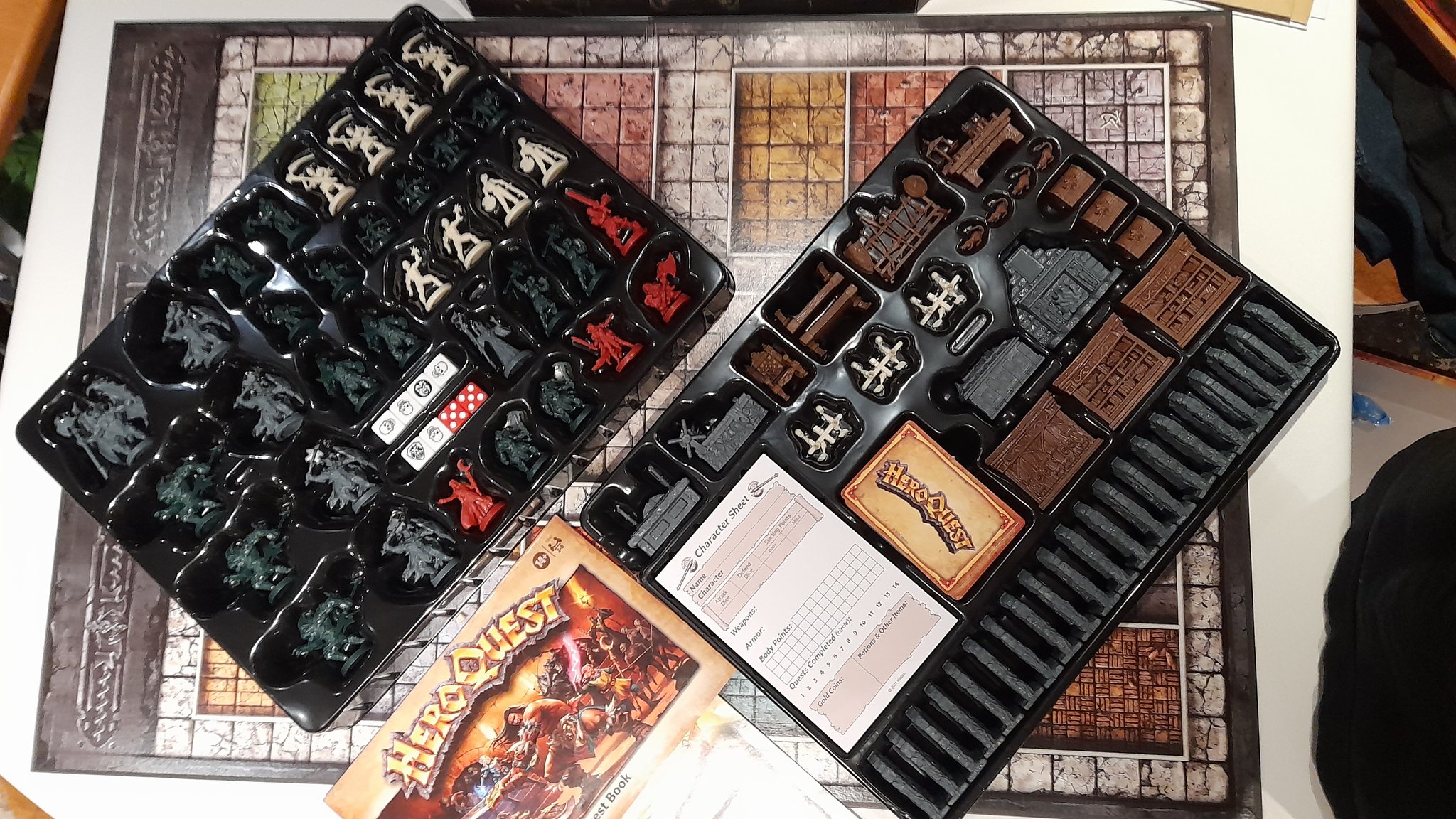
It was pretty popular and I remember organizing a tournament in the science lab at breaktimes, and I don’t remember who, if anybody, won, but I found 8-10 people who had also played to take part and that was when I realised painting figures was a thing as some of the others had done so.
It seems obvious but, only having had games like battleship or cluedo before, the idea never occured to me, and it was an impressive mix of classics to paint too.
35 minis from goblins, orcs, zombies, skeletons, mummys, right up to the huge gargoyle.
The mechanics of the game are pretty simple, you chose one of the four heroes (Barbarin, Elf, Dwarf or Wizard) and take turns rolling to move, with the DM adding the doors and monsters set out in the quest book as you find them.
Rooms can be searched for extra treasure, potions or perhaps a new weapon, but you do so at the risk of a trap or wandering monster showing up, and then its a fight.
So, how does combat work?
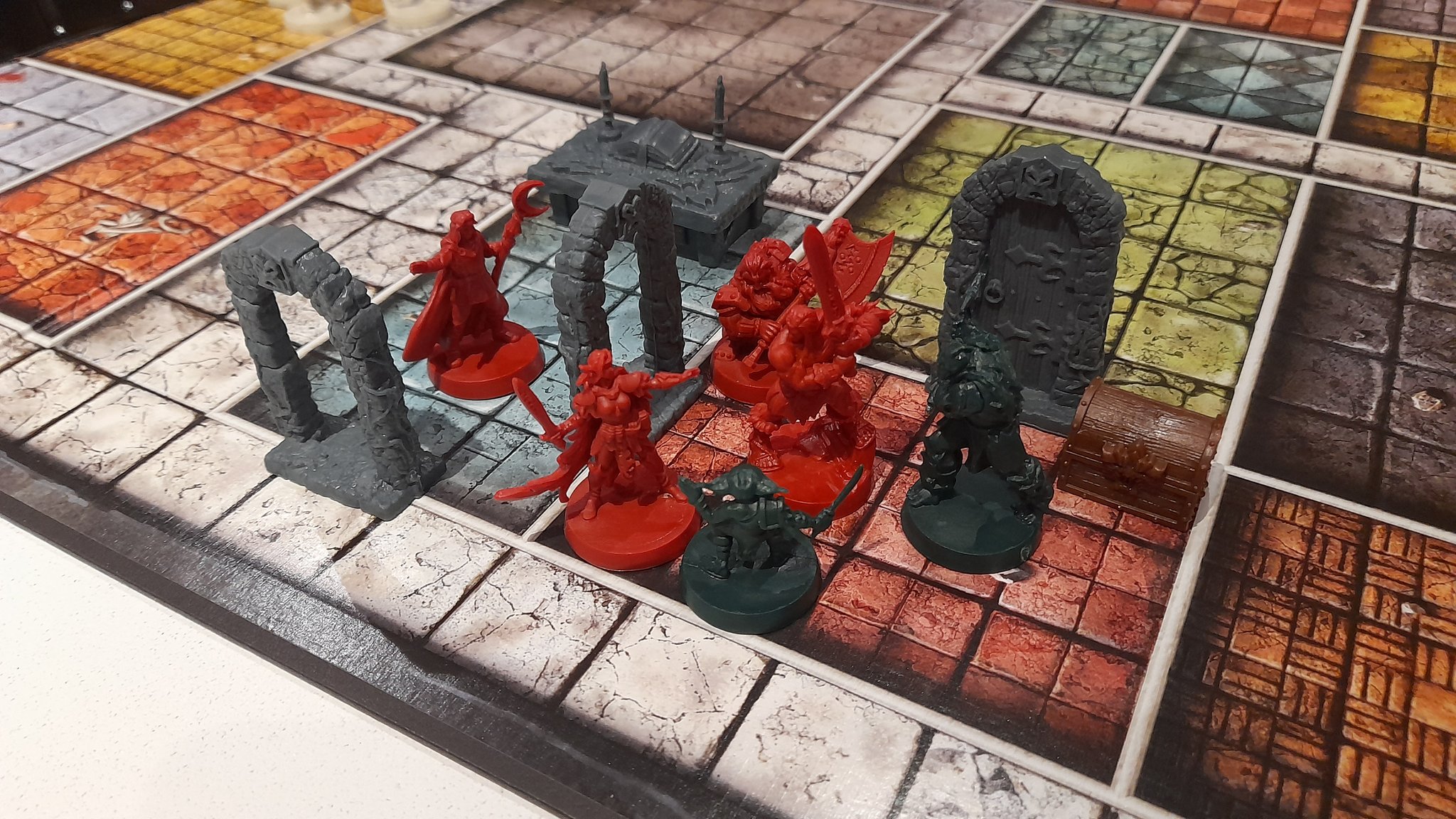
As a game made for kids, it’s dice all the way.
The D6 combat dice have swords & shields on them and, depending how many each character rolls, you need more swords than the enemy has hit points to win.
Most monsters only have one or two hit points so combat is frequent but rarely drags on.
It was always a fun time as an eleven year old.
So many years later, long after the game was all but forgotten, except for the legendary Bard video about why it’s so great, I was excited to see a new version was on the way from avalon hill.
I was worried it would be a cheap cash in but, aside from a few monster changes (the origional used Games workshop licenced characters that avaoln hill could not afford to reacuire so “chaos” had to be replaced by “dred”), it’s a glorious world in a box that is quite a step up in quality (but after inflation not price too much 1989 £23, 2020 can be got for £75) from the original.
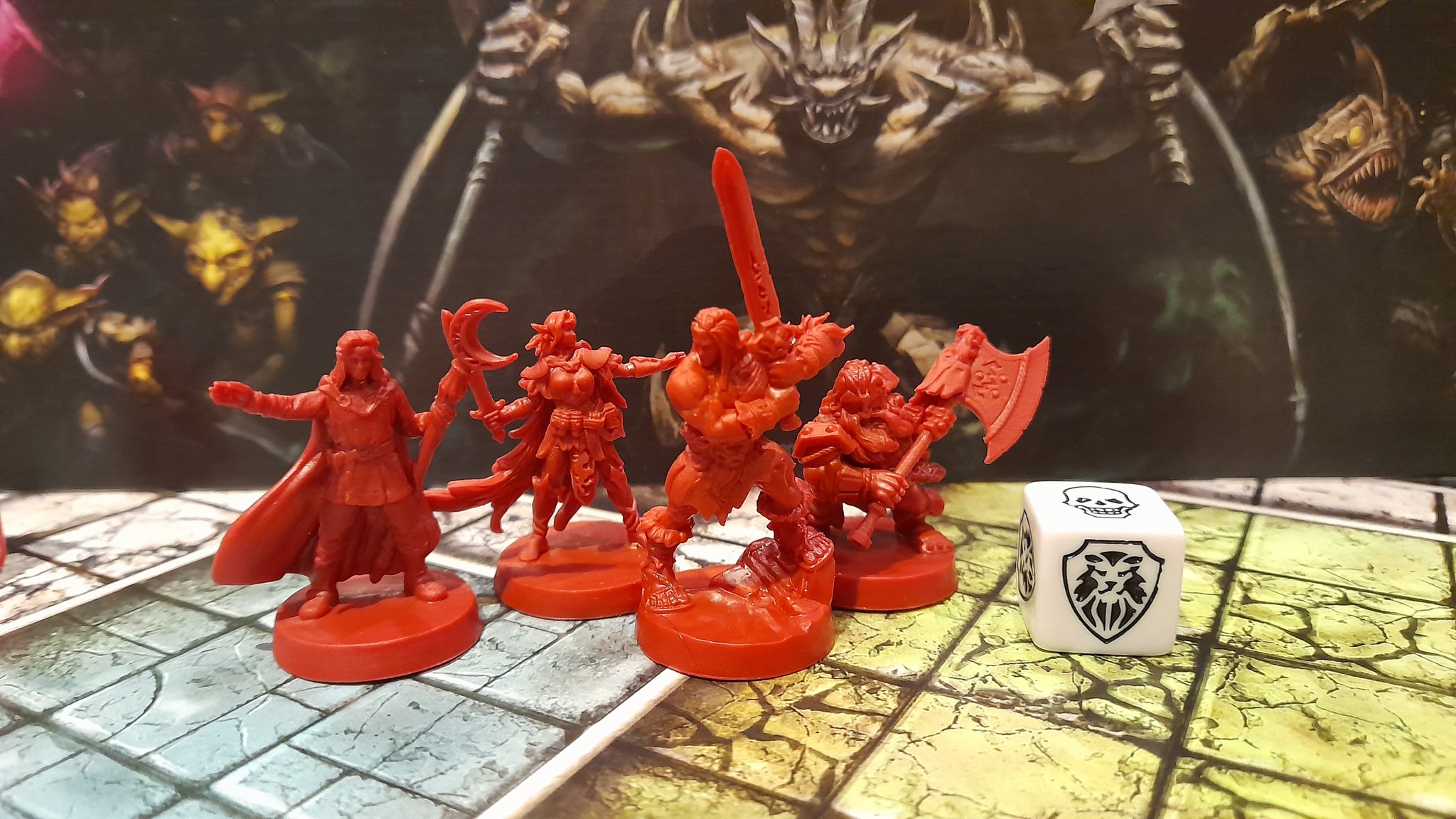
Modern plastic figures have come a long way in 30 years and are now nicely detailed compaired to the good but basic sculpts of old.
The new furniture and doors are also fully moulded and far better than the origional cardboard inserts.

Other than that, the game remains as it was in 1989, the treasure & spell decks have the same items just with new art.
The board layout and quest book are also the same.
So how good is it?

Well, it’s really nice, but nostalgia is doing a looot of lifting when it comes to actual gameplay.
It was as designed a game for kids aged 10-12.
If they actually team up and work together it’s not hard, The designers planned for them to want to be a bit selfish and pushing out on your own was what made it harder.
I’ve played 4-5 of the quests with my 10 year old playing the whole party and we had loads of fun, but it was a walk each time.
The excitement of seeing a new room & it being laid out in miniature is the real high point in my opinion.
You can theatrically DM, but for any real adult fun you will want to house rule a lot of it or maybe just use it as a bunch of props for dungeons in an actual D&D game.
Special thanks to our resident Critical Brit @Steboost
Let us know what you think of this review in the comments below or share this post on Twitter with the Hashtag #TNBCriticalBrit, or tweet with us @NerdBlitzPod.
Check out our first foray into publishing with our original short story collection,The Camping Trip And Other Stories!
Hungry for more of that great Nerd Blitz content, head over to Patreon.com/NerdBlitzPod and join at the $5 level to get instant access to numerous Podcasts, Reviews, Audio Dramas, and so much more!
And finally, given the state of the world, do what you can to leave it a little bit better than you found it.
As difficult as that may be currently, it can have an impact far greater than you know.
Until next time, stay safe out there, gang.


